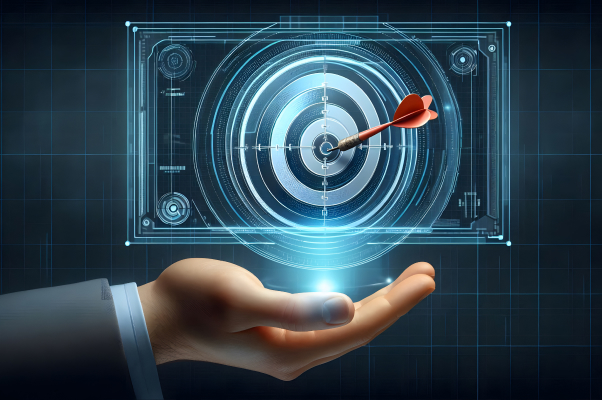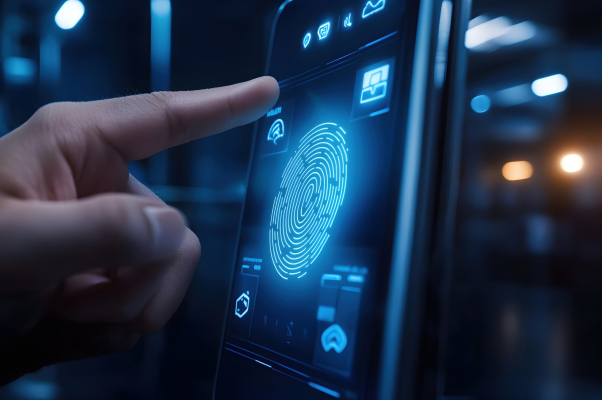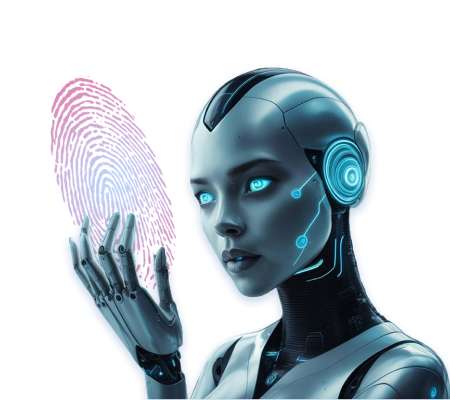Applications of AI & ML in Biometric Technology
The integration of AI and ML in biometric technology is being applied across various sectors:
Banking and Finance:
Present day application of AI has ensured that most of the financial institutions use biometric systems to enhance security in transactions as well as curb fraud. Examples include use of biometric applications such as the facial recognition system and voice recognition in cases of online sales to make sure that only those with the right identification numbers get access to financial information.

Healthcare:
These biometric system are becoming common in addressing security challenges in health care institution particularly in addressing only those people who require to access a patient’s record. Biometric systems also reduce cases of wrong patient identification hence enhancing the quality of the health care services offered to the patient.

Law Enforcement:
AI biometrics in crime control assist in the identification of criminal tracers who engage in criminal activities and deal with them. Facial recognition technology which has been enhanced through AI is well equipped to analyze surveillance videos feeds in real time, consequently facilitating the tracking of suspects by police organizations.

Workplace Security:
AI and ML are improving the concept of security in the organizations as the access control system is being updated. AI with facial recognition makes it possible to scan all employees within a short time and allow only those persons, who should be allowed to gain access to certain areas of the business.

Consumer Electronics:
AI Biometrics are being incorporated slowly into consumer-facing electronics like smartphones and laptops. They are usually integrated with the portable devices and used to unlock devices and safeguard data through face or fingerprint scans.

Multimodal Biometrics:
AI & ML enable multiple biometrics to be incorporated such as the use of facial recognition combined with voice recognition or fingerprints scanning. This approach also makes the system more secure since every identity involves several methods of identification; this makes it very difficult for an intruder to penetrate.









